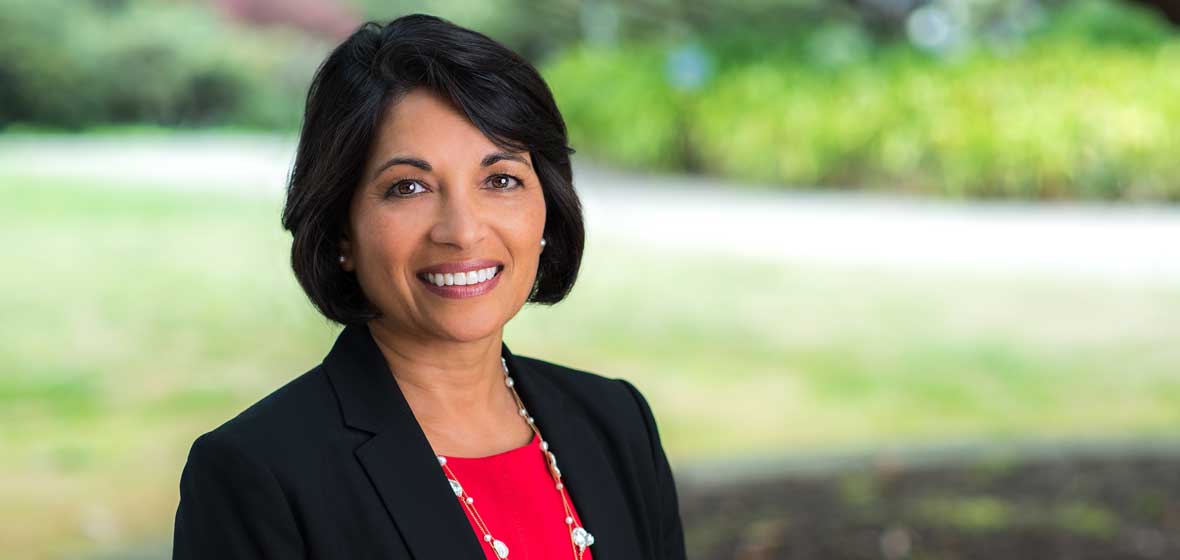Date:
April 6, 2016
by Healthforce Center at UCSF Director Sunita Mutha, MD, FACP The US spends more per person on health care than any other high-income nation, but has lower life expectancies and higher rates of chronic conditions, obesity and infant mortality. The American Public Health Association is rallying around a goal of making the US the healthiest nation in one generation. How can we make this goal a reality? Here are five starting points:
- End the schism between public health and health care. Somewhere along the way a schism has developed between health care and public health. Health care practitioners shouldn’t just be seen as people who treat sick patients and public health professionals shouldn’t just be seen as people who promote health lifestyles or policy makers. Rather, the two professions should be seen as partners who can help create better outcomes together. Arguments over turf and professional scopes of practice don’t benefit patients. Instead, patients benefit from getting great care, education and incentives that spur them to make healthier decisions. Let’s rally around health, not turf.
- Change the mindsets of health care workers. I admit this might seem like a rosy picture for some in the health workforce who are already overburdened and struggling to keep up with an influx of patients on a day-to-day basis. But, with the onset of accountable care organizations, accountable communities for health, population-based care, and access to unprecedented data sets and data systems, health care is already moving in this direction, whether we like it or not. The implication? A primary care physician, for example, becomes responsible for an entire community of people beyond their walls, beyond the patients they see or touch. This responsibility means physicians would think about what keeps a community healthy, what preventive care they need, and finding ways to reach out to people who may or may not come for an office visit.
- Use “big data” effectively. Gone are the days of thumbing through charts hoping that patient information has been recorded and can be found. Electronic health records are huge repositories of information that can provide contextual data beyond vital statistics or test results. The information captured in electronic health records offers health care practitioners an opportunity to better understand the communities they serve and the socioeconomic factors that may affect health outcomes. Let’s use data to better understand the context in which patients live and inform our ability to support healthy behaviors.
- Activate the health workforce to be advocates. I’d like to see the health workforce emulate the Dr. Mona Hanna-Attishas of the world. This pediatrician in Flint, Michigan, led the crusade to get lead out of her community’s water supply by conducting research, serving as a spokeswoman and refusing to back down until action was eventually taken to protect this vulnerable population. Now, she’s leading an effort to treat children exposed to lead poisoning. As front line health care workers, we can train primary care practitioners like Dr. Attisha to be leaders in their communities.
- Change the health care system in this country. Ok, I admit it—this is much easier said than done. But, if we are going to meet the goal of making the US the healthiest nation in a generation, we need to challenge the status quo with big changes and big initiatives. As a society, we often value short-term gains that benefit individuals. The health care system is no different—health care practitioners financially benefit from ordering tests, and providing services and care, but not from interventions that keep people healthy. To change the system, we need PIE (Policy, Incentives, Energy):
- Policies, at the local, state and federal levels, should focus on high value care with improved health outcomes.
- Incentives should follow suit so that health care practitioners are encouraged to keep people healthy and prevent disease.
- Advocates, health care practitioners and patients need the energy to continue to speak out about these issues and come up with creative solutions.
None of these five steps are easy, but they are possible if patients, health care practitioners, public health experts, policymakers and people across the entire socioeconomic spectrum join together in solving this issue.
 Sunita Mutha, MD, FACP, is the director of Healthforce Center at UCSF. For over a decade, Dr. Mutha has been engaged in leadership development for health professionals with a special focus on emerging leaders and inter-professional training.
Sunita Mutha, MD, FACP, is the director of Healthforce Center at UCSF. For over a decade, Dr. Mutha has been engaged in leadership development for health professionals with a special focus on emerging leaders and inter-professional training.
